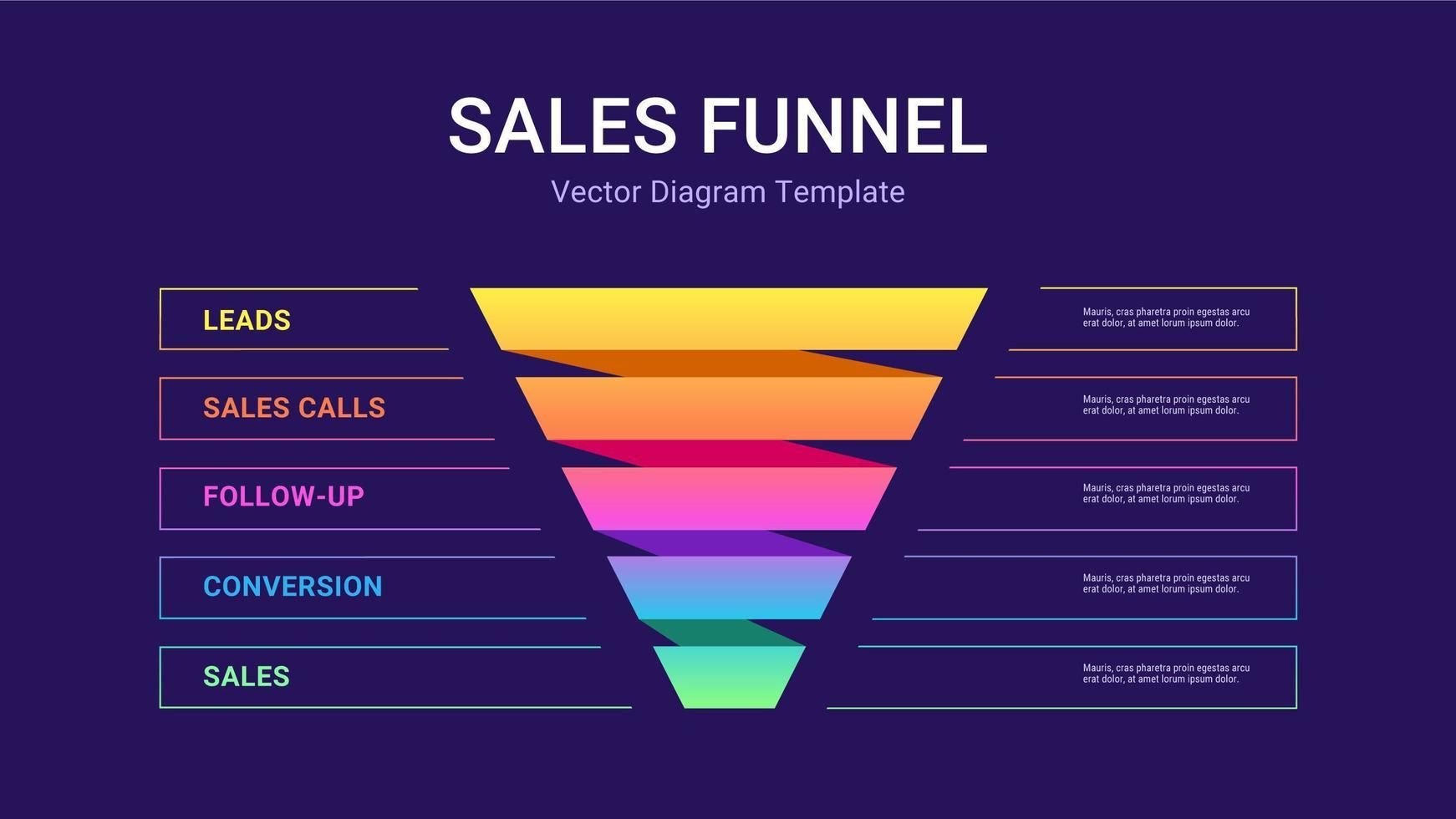Integrated Digital Marketing: The Key to Funnel Optimization
The Power of Cross-Channel Marketing Integration
Did you know? Businesses that integrate their marketing efforts see up to 300% better results than those operating in silos. Yet surprisingly, 67% of companies still manage their search and social strategies as completely separate entities.
The consequences are clear:
- Fragmented customer experiences
- Wasted marketing budgets
- Countless missed conversion opportunities
This disconnect creates a fundamental problem: while your customers see your brand as one entity, your marketing channels may be telling different stories.
The solution lies in developing an integrated digital marketing framework that aligns your search and social efforts toward common goals and consistent experiences.

The Digital Marketing Disconnect: Why Integration Matters Now
The customer journey has evolved dramatically. According to Google's ZMOT (Zero Moment of Truth) research, consumers now consult an average of 10.4 sources before making a purchase decision:
- They discover your brand on Instagram
- Research your products through Google search
- Check reviews on Facebook
- Finally convert through a retargeting ad
This complex journey exposes the critical weaknesses of siloed approaches:
| Problem | Impact on Your Business |
|---|---|
| Message inconsistency | Different value propositions across channels confuse potential customers |
| Budget inefficiency | Duplicated efforts and competing priorities waste valuable resources |
| Attribution challenges | Difficulty understanding which channels truly drive conversions |
| Missed optimization opportunities | Insights from one channel aren't leveraged to improve others |
"Integration isn't just about efficiency—it's about creating coherent customer experiences that lead to higher conversion rates and better ROI." - Meta Marketing Team

The 5-Pillar Integrated Digital Marketing Framework
Our integrated framework at Meta Marketing solves these problems by creating alignment across five critical dimensions:
1. Unified Strategy and Messaging
At the foundation of the framework is a cohesive strategy that ensures every channel works toward common objectives:
✅ Consistent brand positioning and value propositions
✅ Channel-specific tactics that support overarching goals
✅ Coordinated campaign timing and messaging
✅ Shared audience definitions and segmentation
2. Cross-Channel Customer Journey Mapping
Integration requires understanding how customers move between search and social during their buying process:
Awareness → Often begins on social platforms where discovery is natural
Consideration → Frequently involves search as users research solutions
Decision → May involve returning to both channels multiple times
Post-purchase → Typically happens through social channels
By mapping these movements, we design experiences that acknowledge and facilitate this natural flow rather than treating each interaction as isolated.
3. Shared Data and Insights
Perhaps the most powerful aspect of integration is the ability to use insights from one channel to improve another:
- Search keyword data → Informs social content creation
- Social engagement metrics → Highlight topics for SEO content
- Audience insights from social → Refine search targeting
- Conversion data from search → Optimize social ad spend
This continuous feedback loop creates compounding benefits that siloed approaches simply cannot achieve.
4. Coordinated Content Strategy
Content serves as the bridge between search and social channels:
- Core topics developed for search visibility can be atomized into social posts
- Social listening reveals questions and pain points that inform SEO content
- High-performing search content can be repurposed for social engagement
- Social testing provides quick feedback on messaging that can guide more resource-intensive search content
5. Unified Measurement Framework
Integration requires moving beyond channel-specific metrics to holistic measurement:
- Multi-touch attribution models that reflect cross-channel influence
- Unified KPIs that prioritize overall business impact
- Regular cross-channel analysis sessions
- Incrementality testing to understand true channel contributions

Aligning Search Within the Integrated Framework
Search remains a cornerstone of digital marketing, but it functions differently within an integrated approach:
Keyword Strategy Evolution
Rather than pursuing keywords in isolation, integrated search strategy prioritizes terms that complement and enhance social efforts. This might mean focusing on keywords that research shows are commonly searched after social discovery.
Technical SEO Considerations
Even technical SEO elements support integration. For example:
- Schema markup can enhance how your content appears when shared on social platforms
- Site speed improvements benefit both search rankings and landing page performance for social traffic
- Mobile optimization ensures consistent experiences for users coming from both channels
Content Development
Search-optimized content in an integrated framework acknowledges and references the multi-channel journey. This includes:
- Creating content that answers questions users commonly ask after seeing your social ads
- Developing landing pages that maintain consistent messaging with social campaigns
- Incorporating social proof elements that reinforce messages from your social presence

Optimizing Social Media Within the Framework
Social media strategy similarly transforms when integrated with search efforts:
Platform Selection
Rather than trying to be everywhere, integrated social strategy prioritizes platforms where:
- Your target audience actively engages
- Content can support search visibility goals
- User behavior complements your search strategy
Content Strategy
Social content in an integrated framework serves multiple purposes:
- Building awareness and engagement
- Supporting search visibility through linkable assets
- Reinforcing search-discovered value propositions
- Testing messaging that might later inform SEO content
Paid Social Targeting
Integration transforms how you target social ads:
- Creating lookalike audiences based on search converts
- Retargeting users who've visited specific content from search
- Using search-informed keywords in social ad targeting

Implementation: Building Your Integrated Framework
Transitioning to an integrated approach requires methodical implementation:
Step 1: Audit Your Current State
Begin by assessing how well your search and social efforts currently align. Look for:
- Messaging consistency across channels
- How well data flows between teams
- Existing collaboration processes
- Technology integration capabilities
Step 2: Establish Unified Goals
Create shared objectives that both search and social teams work toward. These should:
- Focus on business outcomes rather than channel metrics
- Create mutual accountability
- Encourage collaboration rather than competition
Step 3: Implement Cross-Channel Planning
Develop processes for joint planning including:
- Regular cross-team meetings
- Shared campaign calendars
- Collaborative content development
- Coordinated testing schedules
Step 4: Create Feedback Loops
Establish systematic ways for insights to flow between channels:
- Weekly insight-sharing sessions
- Shared analytics dashboards
- Joint optimization meetings
- Cross-channel reporting templates

Measuring Success: Beyond Channel Metrics
The true value of integration appears in holistic measurement:
Customer Journey Analysis
Track how users move between channels and which paths lead to highest conversion rates. This reveals opportunities to optimize the cross-channel experience.
Incrementality Testing
Understanding true channel contribution requires testing how each channel performs independently and in combination with others.
Unified Reporting
Create reports that show both channel-specific performance and integrated impact, helping stakeholders understand the value of the coordinated approach.

Getting Started: Your Next Steps
Begin your integration journey with these actionable steps:
- Conduct a messaging audit across search and social channels
- Establish regular cross-team meetings between search and social teams
- Create a shared content calendar that serves both channel needs
- Implement cross-channel tracking to understand customer movements
- Develop joint reporting that shows the combined impact of your efforts
Or skip the learning curve entirely and leverage Meta Marketing's expertise in building integrated digital marketing frameworks that drive real results.
Ready to transform your digital marketing approach? Our team at Meta Marketing specializes in creating custom integrated frameworks that align your search and social efforts for maximum impact.
Schedule your free 30-minute strategy session today and learn how we can boost your conversions by up to 37%.raph

Conclusion: The Integration Advantage
As digital marketing grows increasingly complex, integration isn't just a nice-to-have—it's essential for competitive advantage.
Brands that successfully align their search and social efforts create seamless customer experiences, maximize their marketing budgets, and gain invaluable cross-channel insights.
The integrated framework provides the structure to make this alignment possible.
By implementing unified strategies, shared data systems, coordinated content development, and holistic measurement, you transform disconnected channels into a powerful, cohesive marketing engine.
The question isn't whether you can afford to integrate your digital marketing efforts—it's whether you can afford not to.
Meta Marketing is a full-service digital marketing agency specializing in integrated marketing solutions that drive measurable business growth. Our team of search and social experts work together to create cohesive strategies that maximize cross-channel impact. Contact us to learn more about our integrated approach.




















